Anglo-Indian Mutton Curry, a flavorful mutton preparation and a bit different from the typical Indian mutton curry but it is so very Indian.
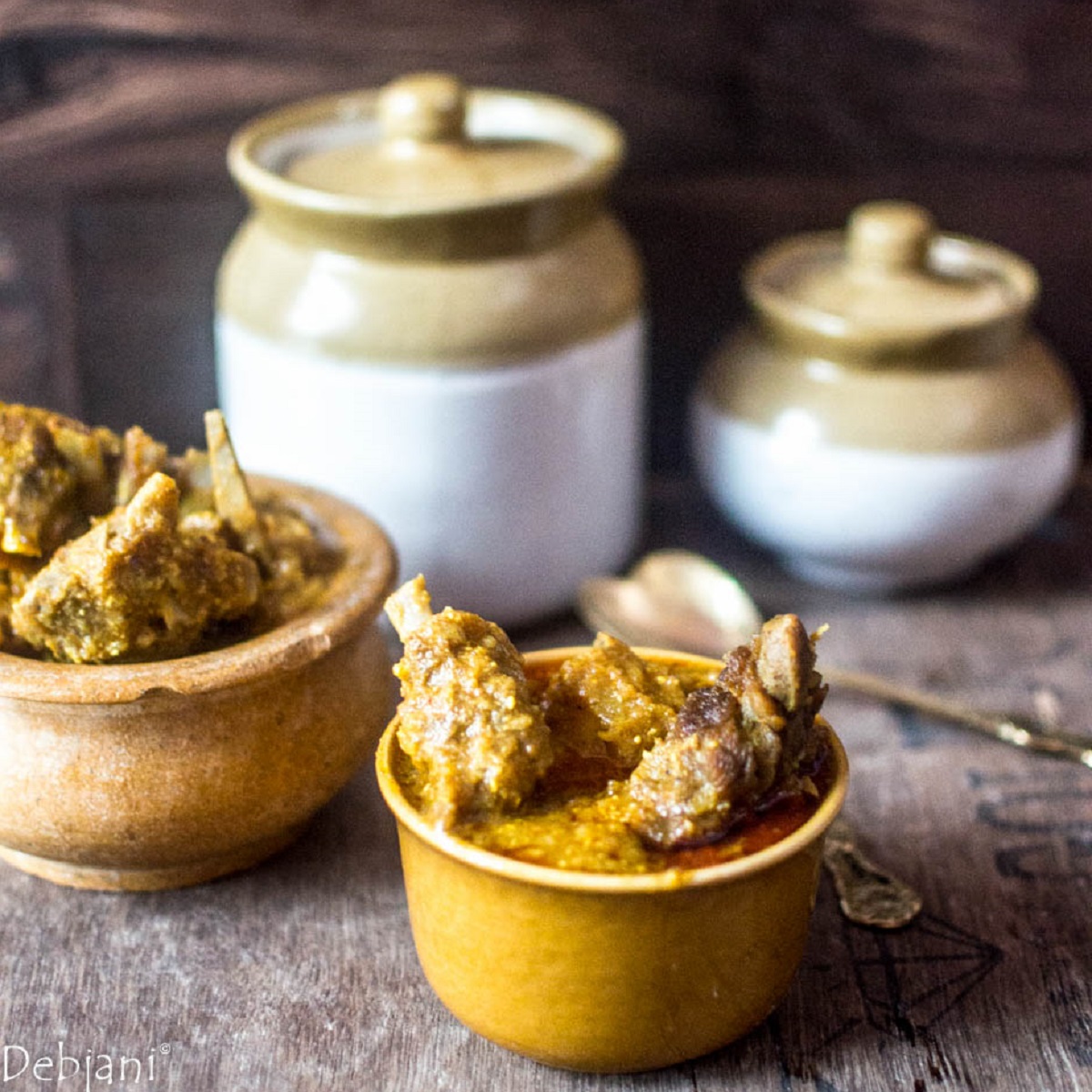
Jump to:
- Anglo-Indian Cuisine
- Anglo-Indian Mutton Curry
- Mrs. (late) Dora Limond's The Anglo-Indian Cookery Book
- Mutton Curry with a twist!
- Recipe Card
- Anglo-Indian Mutton Curry
- Mutton Recipes
- Let's connect!
- Mutton Curry pin!
- Madhabi Mukherjee's Ilish Macher Matha diye Badhakopi from Gateway Hotel's Ilish Festival!
- Air Fryer Bengali Aloo Beans Bhaja Recipe - Crispy Potato and Beans Fry
- Karahi Chicken | Restaurant Style Kadai Chicken Recipe
- Amazing and Simple Recipes to Put You in the Holiday Spirit
Anglo-Indian Cuisine
Anglo-Indians are indeed one of the richest communities in our country. With their mixed origin and hence mixed culture and among other things that reflect from their food as well. In Kolkata, several Anglo-Indians are living for ages and are known for their not only heritage but the food as well. Now, my knowledge of Anglo-Indian cuisine was restricted to the Pishpash, or the mulligatawny soup, or a few beef and pork dishes even a few days back when it comes to cooking.
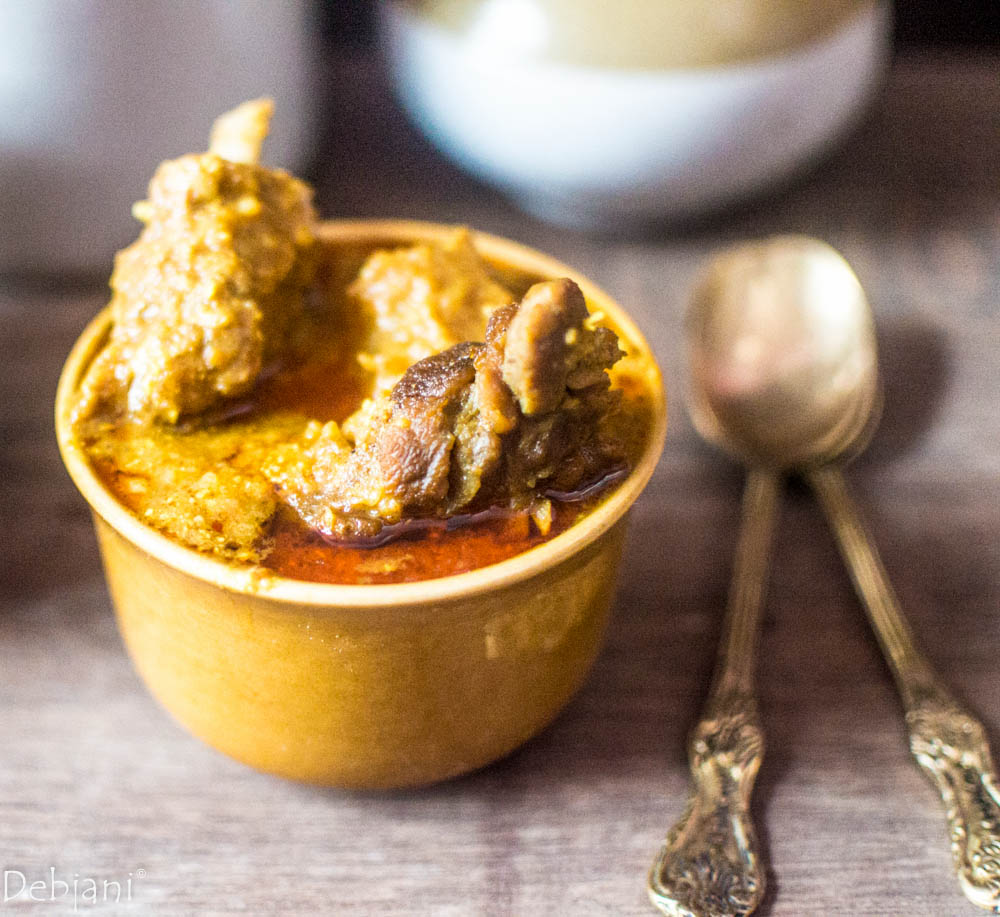
I must admit, I didn't explore this rich cuisine so far, and what a fool I was. The scenario changed, when I found a book with a food blogger friend Indrajit Lahiri around 2 months back on Anglo-Indian Cuisine and after just a casual check I requested for borrowing the book. He was kind enough to give me the book. As he told me, this book was written by Mrs (late) Dora Limond who belonged to the Anglo-Indian community in Kolkata, and Indrajit da was gifted with the book by one of his Anglo-Indian Friends. Typical old-school writing, and a tremendously good collection of recipes, and I was mesmerized. I still am exploring the book. However, to start with here's the Anglo-Indian Mutton Curry I adopted from Mrs. (late) Dora Limond's The Anglo-Indian Cookery Book.
Anglo-Indian Mutton Curry
The choice of Anglo-Indian Mutton curry was quite obvious on my side. The book has more than a hundred recipes from the typical Anglo-Indian Kitchen and for me a pleasurable read it was. I so far have tried several dishes from the book and will be coming up with a few more dishes for sure. I am sure the readers will enjoy the Anglo-Indian Journey with me.
Mrs. (late) Dora Limond's The Anglo-Indian Cookery Book
"From the kitchen of a Bong Finance Analyst", as I call my blog and I actually have not a degree in or related to Food. Whatever, I write here, a recipe or a review though is tried and tasted but food for sure is not my expertise. I am still a novice and whatever I do, I just do it out of passion when it is related to food.
However, I do have a decent collection of food books, I love to read especially food history and old-school food writing a much and that is probably the reason I cherish reading "Prajnasunedari Devi or Madhur Jaffrey or Harrold McGee or Elizabeth David a lot. Well, this post of mine, is a bit different from a general recipe post of mine. I am going to share not only the recipe for Anglo-Indian Mutton Curry, in fact, but my experience of reading a rare book on Anglo-Indian Cuisine.
Mutton Curry with a twist!
Coming to the Anglo-Indian Mutton Curry, the recipe is completely different than a typical Indianized mutton curry. First of all, no use of Garam Masala and followed by using Saffron to flavor the dish thus making Anglo-Indian Mutton Curry a truly Indian Mutton Curry with different flavors. I thought have added little curd while making the Anglo-Indian Mutton Curry as I didn't find any souring agent used and for the rest, I followed the recipe as it is. This preparation can be prepared with Beef as well. With very limited use of spices and a hassle-free cooking process, I found the Anglo-Indian Mutton Curry nothing but perfect.
PrintRecipe Card
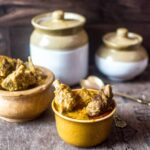
Anglo-Indian Mutton Curry
- Total Time: 1 hour 10 mins
- Yield: 5 People 1x
Description
Anglo-Indian Mutton Curry, a flavorful mutton preparation and a bit different from the typical Indian mutton curry but it is so very Indian.
Ingredients
- 1 kg Mutton
- 4 Onion
- 1 Tbsp. Ginger Paste
- 2 Tbsp. Garlic Paste
- 1.5 cup Scrapped Coconut
- 100g Hung Curd (optional)
- 2-3 Dried Red Chili
- 1 Tbsp. Cumin Seed (heaped)
- 1 Tbsp. Coriander Seed (heaped)
- 15-20 Saffron Strands
- 1 Tsp. Turmeric Powder
- 1.5 Tsp. Red Chili Powder
- 1.5 Tsp. Salt or to taste
- 1 Tbsp. Gur/ Jaggery (optional)
- 3 Tbsp.+ 1 Tsp. Ghee
Instructions
- Wash mutton chunks properly.
- Thinly slice the Onion.
- Dry Roast Dried Red Chili, Cumin Seed, Coriander Seed and Scrapped Coconut until the coconut emits a roasted nutty aroma over a flat pan. It will take around 2 minutes in medium flame.
- Switch the flame off and leave the spices to cool down.
- Once cooled, make a paste of the spices by adding a spoonful of water. I have used my grinder for this.
- Now heat 3 Tbsp. powder and Ghee in a deep bottom pan or Handi and heat it properly.
- Now add Turmeric Powder Red Chili Powder and onion slices and fry on medium flame. The spices will add nice color and aroma.
- Once friend properly, add the spice paste and cook till spices are mixed properly and leaves oil from the side.
- At this point add the Curd if you wish to and cook for 3-4 minutes until the curd mixes properly and leaves the edges.
- Add Salt and Jaggery and give a thorough mix.
- Finally, add Mutton chunks, and upon mixing cook on low flame by covering the pan with a lid for around 15 minutes.
- Stir in between so that nothing stuck to the bottom.
- The mutton will release its own juices.
- In between boil 500 ml water and add the same to the mutton and cover the pan.
- Cook till the mutton soften.
- Add the Saffron in half a cup of hot water and add that to the Anglo-Indin Mutton Curry and mix thoroughly.
- Check the consistency as well as the spices and adjust accordingly.
- Once ready the curry should have medium-thick consistency.
- Serve Anglo-Indian Mutton Curry with your choice of Bread or Rice.
Notes
- The curd is completely optional but can be added to adjust the flavors.
- Jaggery gives an earthy flavor to the Mutton Curry and being a typical Bong I love to add a sweet agent to mutton.
- The good the quality of Saffron, the lesser the amount required. Don't use much as it will turn the curry bitter
- Prep Time: 10 mins
- Cook Time: 1 hour
- Category: Mutton
- Method: cooking
- Cuisine: Anglo-Indian
Nutrition
- Serving Size: 225g
- Calories: 645
- Sugar: 7.9g
- Sodium: 872mg
- Fat: 35.5g
- Saturated Fat: 18.8g
- Carbohydrates: 20.6g
- Fiber: 4.9g
- Protein: 60.3g
- Cholesterol: 204mg
Mutton Recipes
- Keema Kaleji | Keema Kalija | Indian mutton mincemeat and mutton liver curry
- Bengali Chorbir Bora (also known as Mutton Fat Fritters)
- Bengali Mutton Stew with Veggies in a pressure cooker | Shobji diye Mangshor Jhol
- Nalli Nihari | Mutton Nihari Recipe | Gosht Nihari
- Joggi Barir Mangsho| Biyebarir Mutton Curry
- Gota Roshun diye Mangshor Jhol (also known as Bengali Mutton Curry with Garlic Pod)
- Keema Matar (also known as Mutton mincemeat cooked with green peas)
- Bengali Mete Chorchori (also known as Mutton Liver side with Potato chunks)
- Mangsha Tarkari ( also known as Oriya Mutton Curry)
- Kolkata Mutton Biryani | Calcutta Biryani
- Posto Mangsho (also known as Bengali Mutton Curry cooked with Poppy Seed Paste)
- Mangshor Jhol (also known as Bengali light Mutton curry) in a Pressure Cooker!
- Gota Moshlar Mangsho (also known as Kata Moshlar Mangsho)
- Hyderabadi Haleem | Mutton Haleem | Haleem Recipe
- Gota Moshlar Mangsho (also known as Kata Moshlar Mangsho | Mutton cooked with whole spices)
- Kolkata's Mutton Tikia, the meaty delicacy!
- Bangladeshi Mutton Tehari
Let's connect!
I would love to see a picture if you are making the prawns following my recipe. You can share here at dolonchttrj@gmail.com. You can use my hashtag #debjanirrannaghar and share it through Instagram as well. and in addition, you can tag me at @foodofdebjani.
Mutton Curry pin!
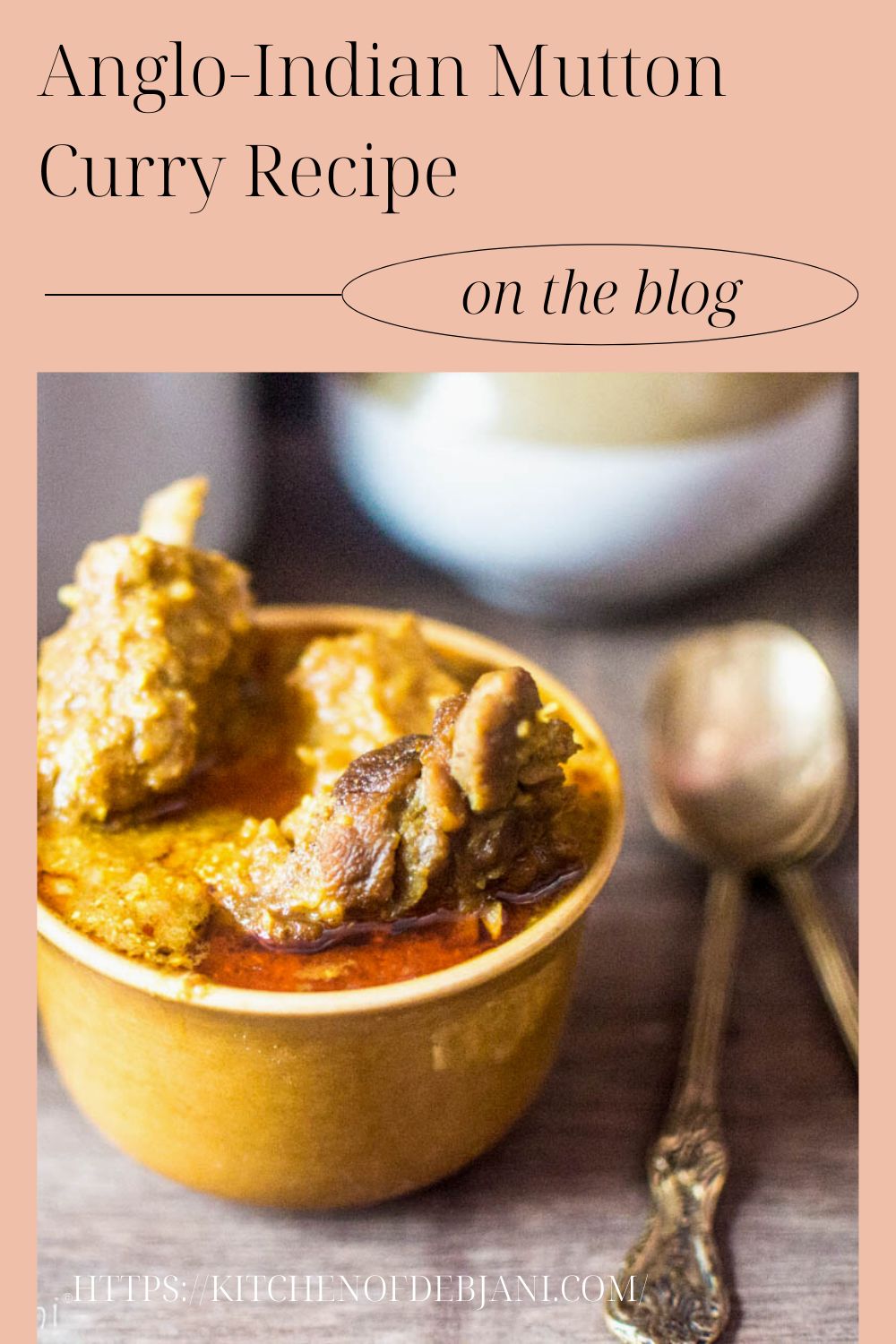
-
Madhabi Mukherjee's Ilish Macher Matha diye Badhakopi from Gateway Hotel's Ilish Festival!
It could have been a regular tasting, however, it was not! The Gateway Hotel EM Bypass Kolkata's Ilish festival is full of surprises this year. This year their Hilsa menu is specially curated by Bengali actress Madhabi Mukherjee! Two dishes of her, Ilish Macher Matha diye Badhakopi and Anaroshi Ilish are part of 2018's Rupoli Itikotha Hilsa...
-
Air Fryer Bengali Aloo Beans Bhaja Recipe - Crispy Potato and Beans Fry
Aloo beans bhaja, a simple yet flavorful Bengali dish that is perfect as a side dish as part of a comforting Bengali meal of Bhat and Dal. This simple fry is made with fresh green beans and potatoes, which are coated in a blend of aromatic spices and then shallow-fried to perfection. The result is...
-
Karahi Chicken | Restaurant Style Kadai Chicken Recipe
Among the numerous chicken recipes I cook for my family, this karahi chicken recipe is highly cherished. It may seem like an exaggeration to say I have hundreds of chicken recipes, but considering that my partner and I cook chicken three times a week, it's not far from the truth. This particular restaurant-style Kadai chicken...
-
Amazing and Simple Recipes to Put You in the Holiday Spirit
The holiday season is a time of magic, warmth, and love. It's the time of year when we gather with family and friends, share stories and laughter, and indulge in delicious food. There's something about the winter months that makes us crave comforting meals that are rich in flavor and texture. It's the perfect time...


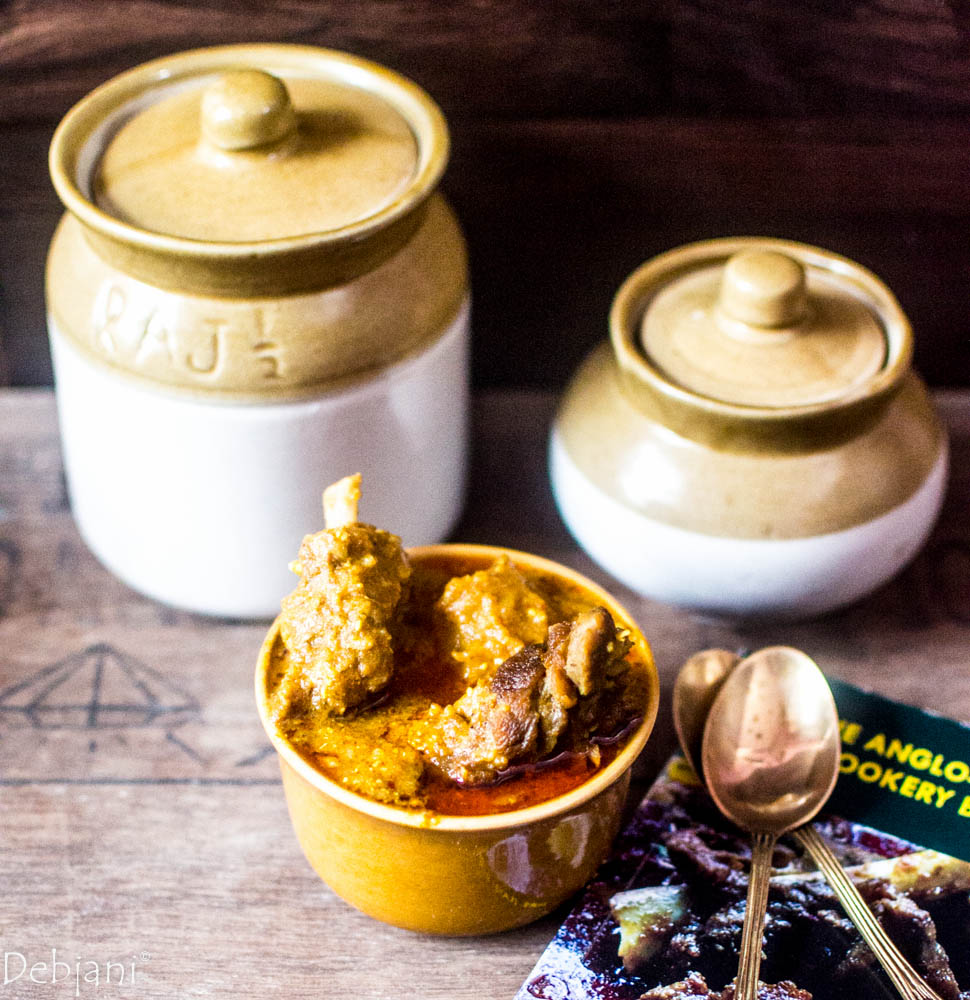

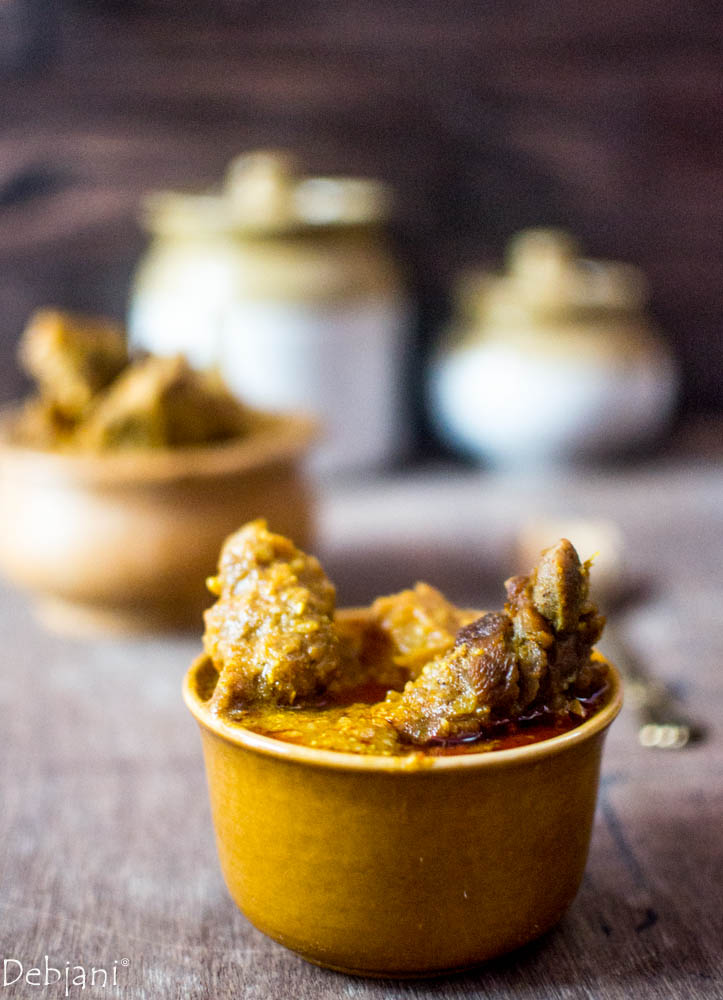
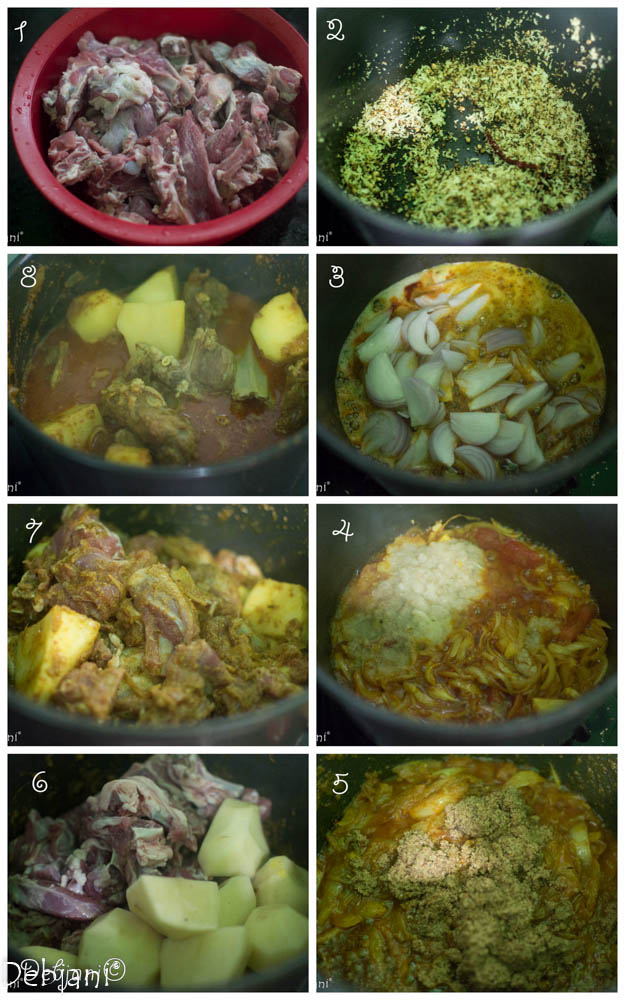
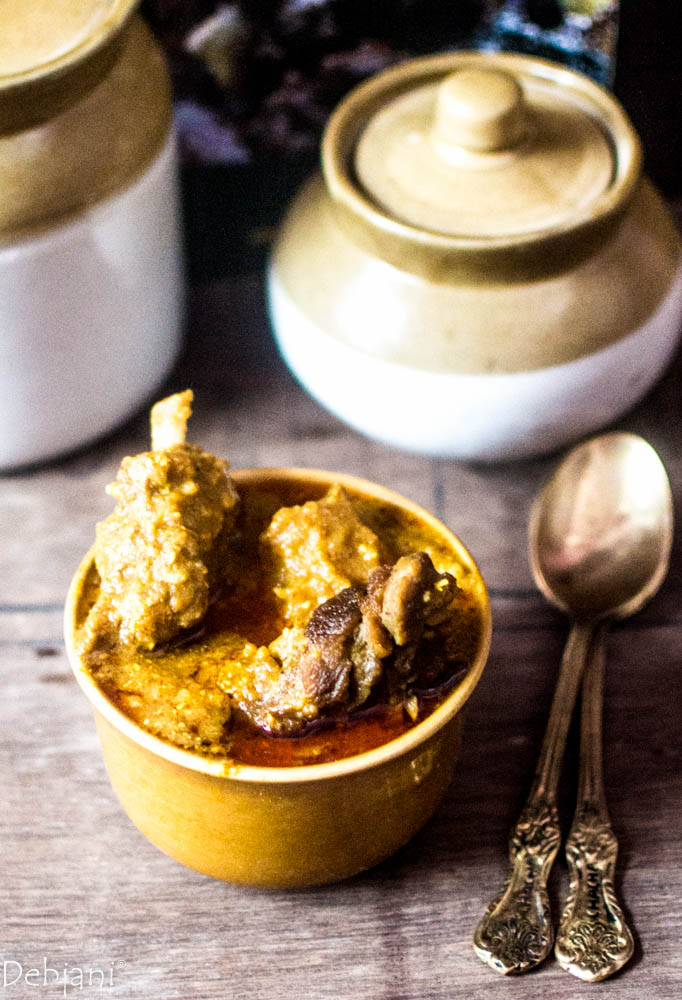


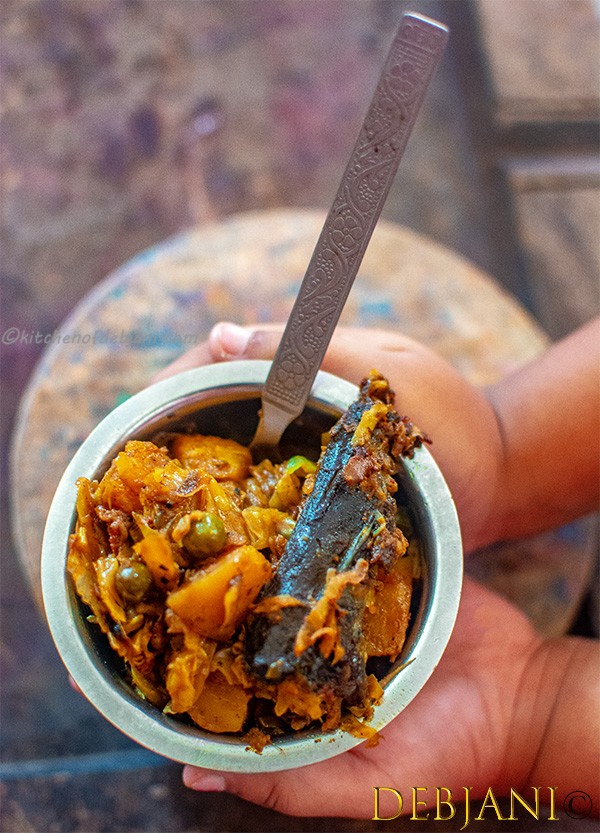
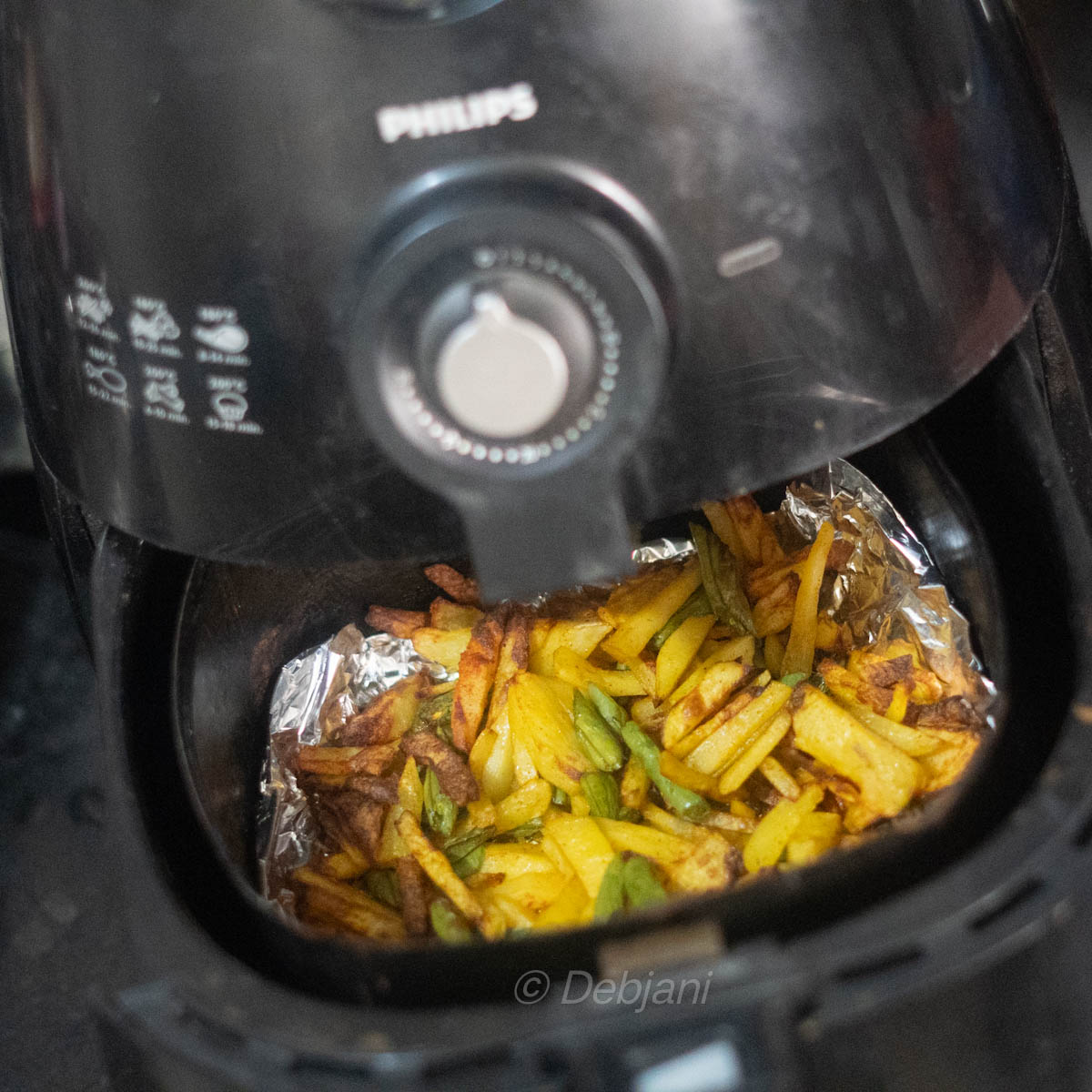



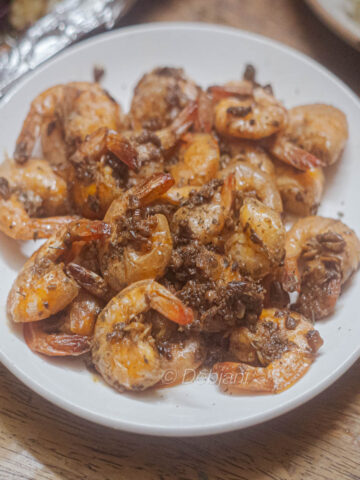
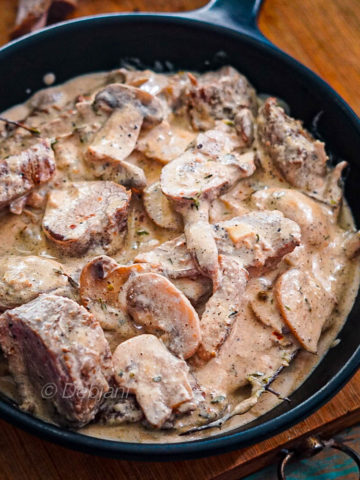
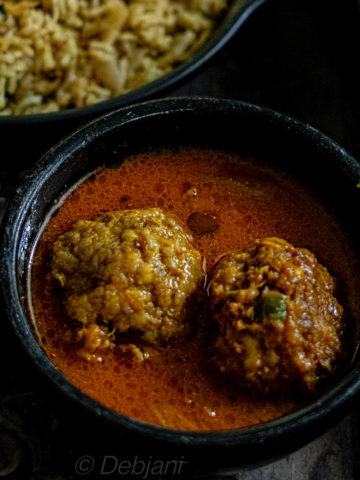
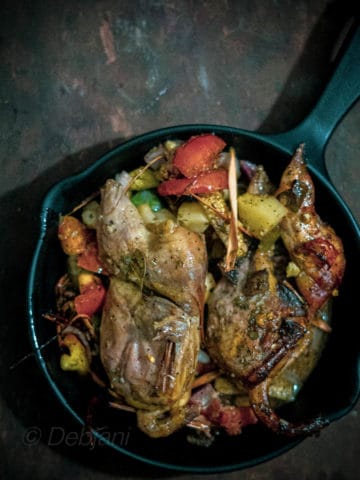
Leave a Reply